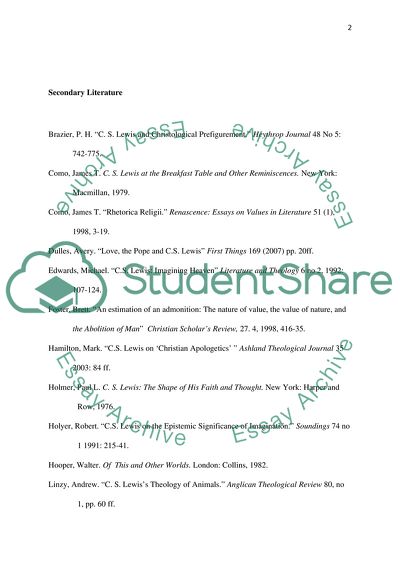Cite this document
(Apologists and the History of Apologetics Article, n.d.)
Apologists and the History of Apologetics Article. Retrieved from https://studentshare.org/creative-writing/1743429-apologists-and-the-history-of-apologetics
Apologists and the History of Apologetics Article. Retrieved from https://studentshare.org/creative-writing/1743429-apologists-and-the-history-of-apologetics
(Apologists and the History of Apologetics Article)
Apologists and the History of Apologetics Article. https://studentshare.org/creative-writing/1743429-apologists-and-the-history-of-apologetics.
Apologists and the History of Apologetics Article. https://studentshare.org/creative-writing/1743429-apologists-and-the-history-of-apologetics.
“Apologists and the History of Apologetics Article”, n.d. https://studentshare.org/creative-writing/1743429-apologists-and-the-history-of-apologetics.


